Producers
-
Description:
For more information on Domaine des Marnes Blanch, please visit Selection Massale.
Available in California.
Image: Region:
Region: -
Description:
For more information on Martin Texier, please visit Selection Massale.
Available in California.
Image: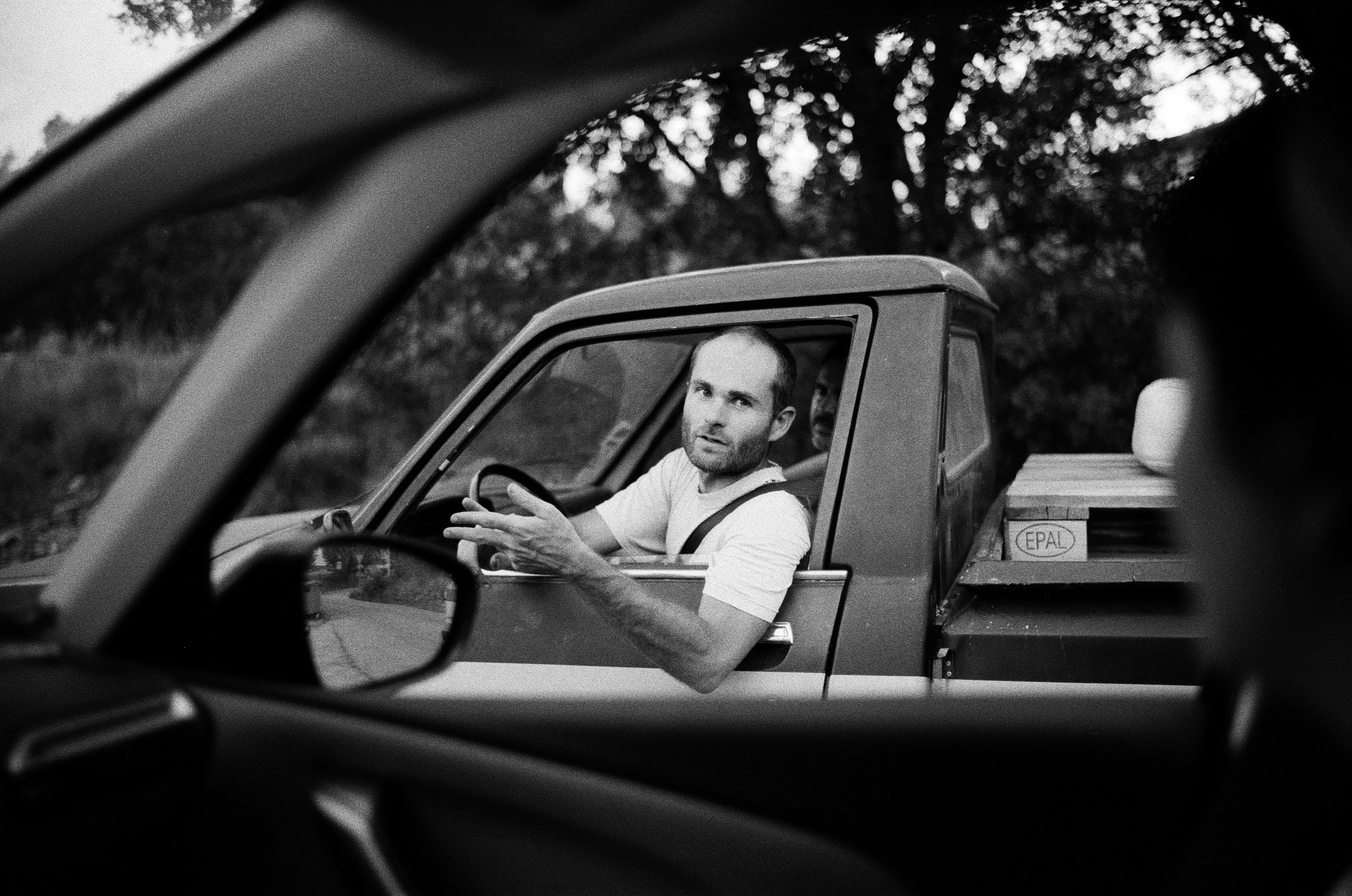 Region:
Region: -
Description:
Domaine Yves Martin is a small, family-run estate with nineteen hectares of vines in the famed town of Chavignol. The winemaker, Pierre Martin, took over from his father Yves in 2005.
The domaine is in conversion to organic viticulture; they never use herbicides or pesticides. The subsoil here is Kimmeridgian marl and the top soil is very stoney. They grow vines in each of the two famous terroirs of Chavignol: “caillottés,” which is stony and chalky; and “terres blanches,” which is composed of clay and limestone.
The winery is located in the center of Chavignol and is gravity fed. All fermentation happens spontaneously in thermo-regulated tanks. Most of the wines are aged in stainless steel (although a couple of the cuvées are aged partially in barrels) and all are aged on the fine lees, lending a nice richness to the wines. The result is mineral-laden, refreshing Sancerre with citrusy lime notes and a lingering finish.
Image: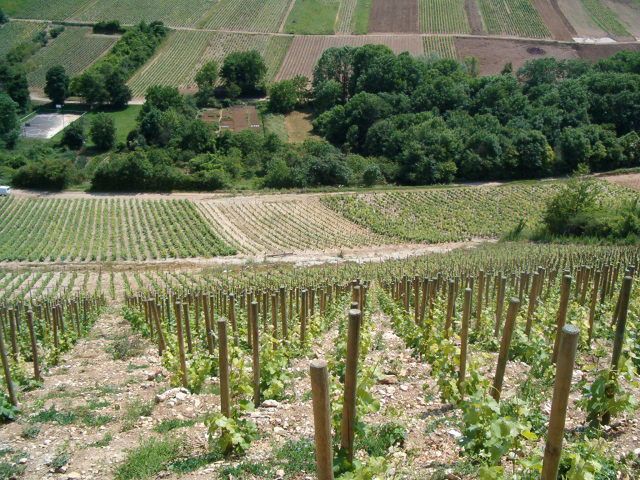 Region:
Region: -
Description:
When founding partner Mary Taylor first fell in love with wine in the early 1990’s, it was the European classics that truly spoke to her and stole her heart. As a young professional selling French and Italian wine, first in the New York wine auctions and then as a merchant, she quickly learned to appreciate wine in the “Old World” way— not as a luxury good reserved for special occasions, but a living agricultural product that belongs to everyday life.
Today, Mary Taylor Wine’s mission is to unlock the world of European “appellation” wines by working with individual growers in multiple villages— from Bordeaux to Nîmes to Valençay— who produce exceptional, regionally-distinctive wines at extremely accessible prices. Farming is inextricably linked to making distinctive wines and all of the growers that Mary Taylor works with farm responsibly; most are certified sustainable by HVE and others are certified organic and practicing biodynamic.
Each Mary Taylor wine is a faithful ambassador of its geographical origin, true to local traditions, and the vision of the individual farmer who bottled it, whose name is listed on the front of every bottle. Mary Taylor Wine offers affordable wines of genuine quality and integrity (no shortcuts) that will bring the magic of their “terroirs” to life wherever you choose to enjoy them: at a dinner party, next to the grill, or even just on a quiet night at home.
Image:
-
Description:
The Mas de Cadenet estate is located at the base of the Sainte Victoire mountain (the mountain that Cézanne made famous through his paintings), in the heart of Provence. A family estate, it has been owned and run by the Negrel family for seven generations.
Sainte-Victoire is a sub-appellation of the Côtes de Provence which was granted its own AOC status in 2005; twenty-two winemakers (including Mas de Cadenet) fought for their AOC status for 15 years, and rosé from this region is widely understood to be the best of those produced in Provence. Mas de Cadenet's 45 hectares of vineyards are situated 250 meters above sea level, with a southern exposure: 40 hectares are located in AOC Sainte-Victoire and 5 hectares in AOC Côtes de Provence. Rosé is their primary focus, and at 60% of their total production, making an exceptional rosé is clearly a priority; they also produce vin rouge (30% of their production) and vin blanc (the remaining 10%).
Sainte-Victoire is also noteworthy for a "gentleman's agreement" in effect here: the vignerons of Saint-Victoire have all elected to practice organic viticulture. As with all of their neighbors, striking a balance with nature is central to the Negrel family's philosophy, and their vineyards have been certifed organic since 2013. The average age of their vines is 35 years old, with the oldest vines now over 70 years old. The age of the vines is a key factor for the wines consistency and quality; the yield of the wines is naturally kept low to ensure high quality of the wines (45 hl/ha in average). www.masdecadenet.fr Image: Region:
Region: -
Description:
Nothing encapsulates the next generation of Penedes - quite literally in this case - as the work of father and son team Joan and Joan Vendrell at Mas Goma.
The estate is located in Les Cabanyes, in the heart of the Penedès, a historic and traditional area of the viticulture. The property has been owned by the Vendrell family since 1918 and has been growing grapes and producing wine on and off since then. The new era started in 2009 when Joan Vendrell (the son), who handles the business side of things, and Joan Manel Vendrell (the father), who has 30 years of winemaking experience took control.
Only the oldest vines are used to make wine on the estate, and they currently sell grapes from younger vines to other producers in the area. In the cellar everything is fermented with native yeasts, little to no sulfur is added depending on the cuvée, and everything is unfined and unfiltered.
These wines are laser-focused and run a range of different styles, from long-aged cavas to seriously refreshing still wines in liter bottles. Some wines have just arrived, and we are thrilled to share them with you.
Image: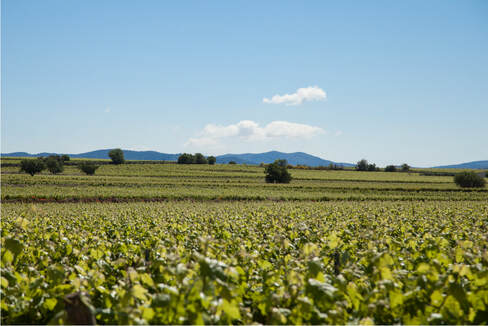 Region:
Region: -
Description:
Weingut Materne & Schmitt, on the Mosel river in the town of Winningen, is a harbinger of change in the tradition-bound Mosel. The winery was founded in 2012 by Rebecca Materne and Janina Schmitt. Neither woman came from a winemaking region or family, but both pursued their passion for wine by earning degrees in viticulture and oenology at Geisenheim and mastering their craft at wineries in South Africa, Napa Valley, Provence, Austria, the Rhine and the middle Mosel. In 2012 the friends united to share the position of cellar master for the legendary Heymann-Löwenstein in the Terrassen Mosel, located in the steepest, wildest, northern-most precinct of the river. While there, they plotted for their future by leasing vineyard sites and making their own wine from the nearby villages of Winningen, Kobern, and Lehmen. In 2014 the decision was made to go full time with their own estate, now totaling more than 3.5ha distributed over about 40 different sites. As of this writing, they have moved into their own winery in Winningen. The glory days of this estate have begun.
Materne & Schmitt make Riesling exclusively from steep sloped or terraced slate vineyards, with all work done by hand. They allow no manipulation in their wine. All grapes are hand-selected at extremely low yields (around 20 to 35 hl/ha), macerated on the skins without sulphur, gently pressed, and gravity-run into the cellar. All wines are spontaneously fermented and often go still during winter and begin again in the spring. No additions, reductions or fining of any kind occur. Total sulphur never exceeds 60ppm. All wines are vinified completely dry and bottled 11 months after harvest.
The Materne & Schmitt wines unerringly express the distinct differences in terroir that change rapidly along the twists and turns of the Mosel between Winningen, Kobern, and Lehmen. The wines are seriously structured and exemplary Terrassen Moselers: richly textured, living, breathing, at-times-Burgundian seeming wines, organically vinified with crystalline clarity. Their balanced intensity derives from neither acidity (6-7ish) nor alcohol (11-11.5ish) which are surprisingly modest. Rather, it is the slate expression of the vineyards that etches the wines and renders them with such precision. With their methods worthy of study, Rieslings to pair with great cuisine, and powerful women to admire, we welcome Materne & Schmitt into our portfolio with eagerness and excitement.
BOWLER E-Zine Issue 1 | Q4 2020: Learning and Relearning German Wine
BOWLER E-Zine Issue 4 | January 2022: A Community in the Terrassenmosel
Image: Region:
Region: -
Description:
For more information on Mateus Nicolau de Almeida, please visit Selection Massale.
Available in California.
Image: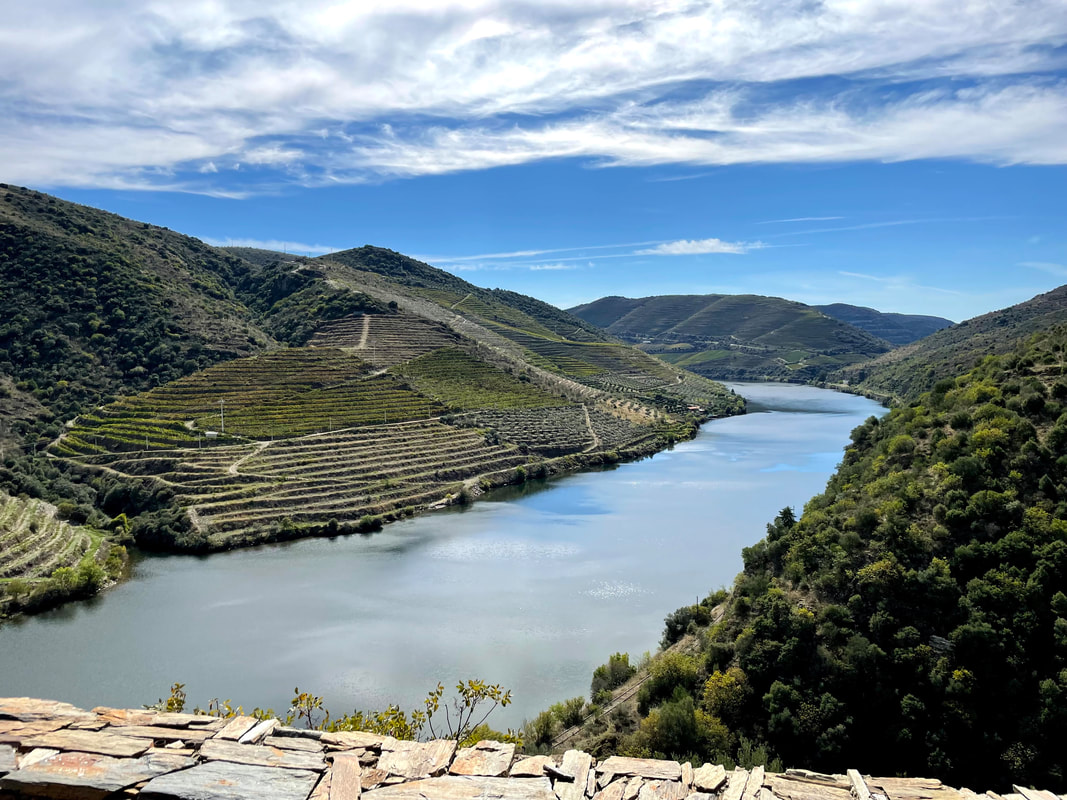 Region:
Region: -
Description:
For more information on Meles Augustín Normil, please visit Selection Massale.
Available in California.
Image: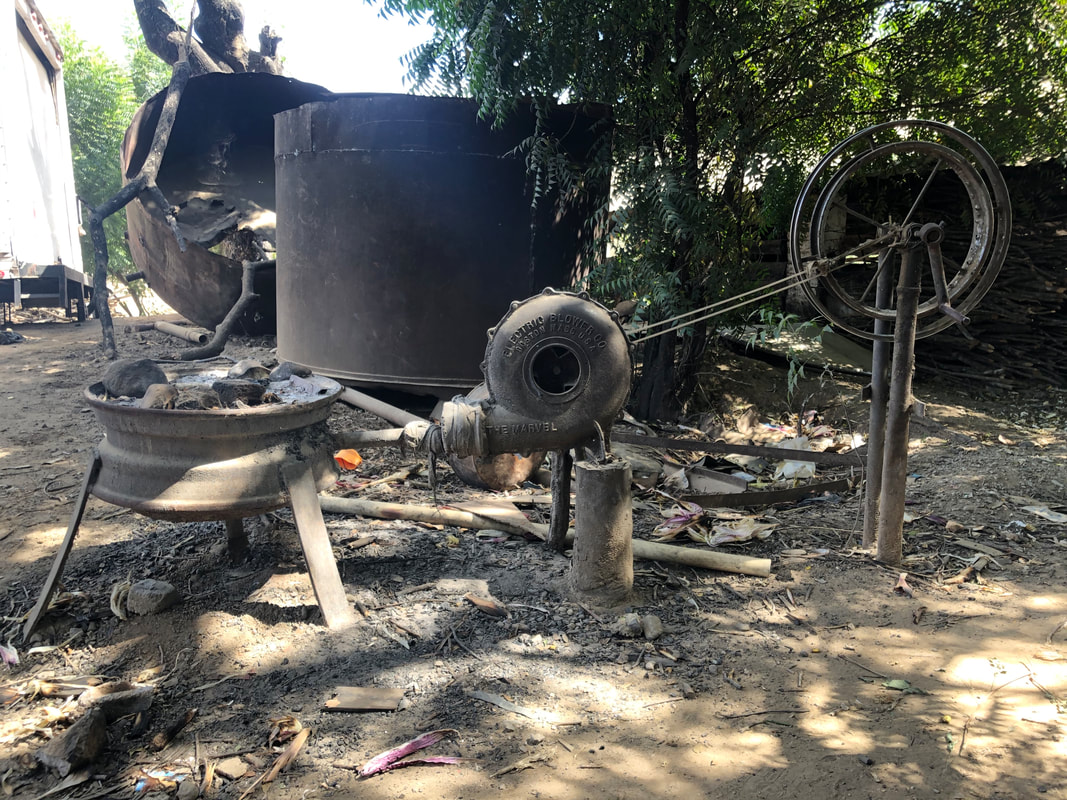 Region:
Region: -
Description:
For more information on Menaud Distillerie, please visit Selection Massale.
Available in California.
Image: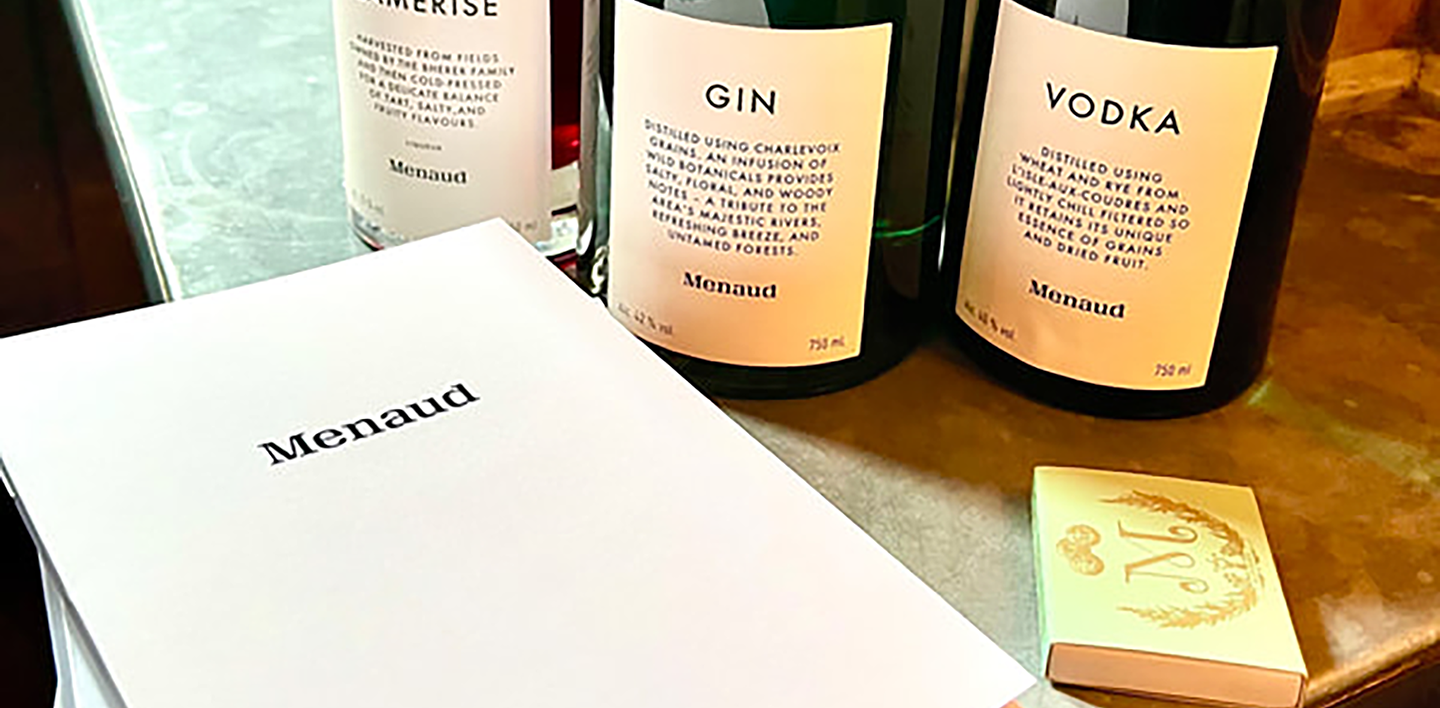 Region:
Region: